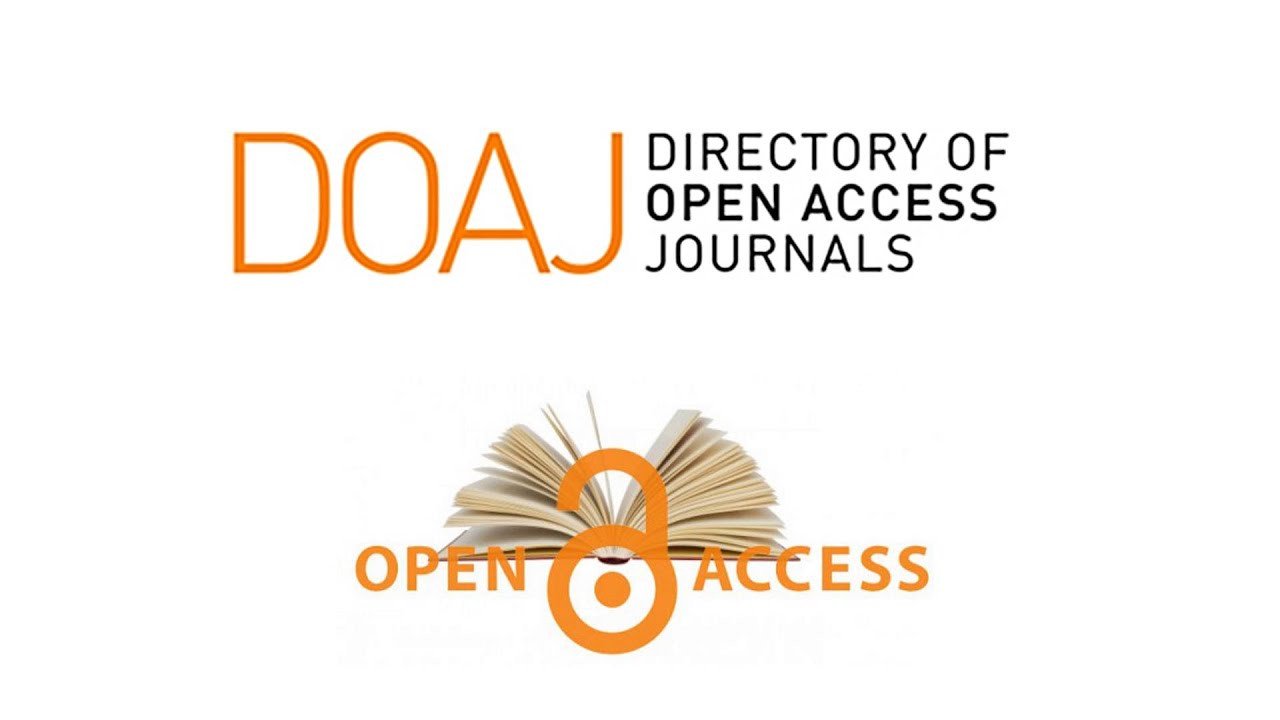Seasonal Occurrence of the Polychaete Worm Namalycastis indica and its Ability to Accumulate Heavy Metals in the Shatt Al-Basrah Canal
Keywords:
polychaete worms, Environmental factors, Heavy metals, BAF.Abstract
The worm Namalycastis indica is a Polychaete that lives in the intertidal zone under rocks and is tolerant of fluctuating conditions, especially temperature, salinity, and exposure to pollutants, and contributes to the balance of the aquatic ecosystem. This research aims to study the seasonal presence and density of N. indica in the Shatt al-Basra Regulator habitat, calculate the concentrations of heavy metals in their bodies and in the intertidal zone sediments, determine the bioaccumulation factor (BAF) of the worms and the sediments and the relationship between BAF and the environmental factors, and their relationship to the distribution of the worms. The total density (individual/m²) of individuals was identified collected using a 0.25m x 0.25m square frame for quantitative sampling. The highest average density of the species was recorded at 112 individuals per square meter during the spring season, and the lowest average density was 32 during the summer season. The results showed variation in environmental factors between seasons, water temperature ranged between 15.2-33.1˚C. Higher value of salinity recorded in summer season was 43.7‰. Dissolved oxygen ranged between 5.8-8.7 mg/l, and pH between 7.3-7.6. The results also showed that worm length average ranged between 4.7-7.16 cm. four were measured, heavy metals: Cobalt, nickel, cadmium, copper, The results of heavy metals for worms bodies showed arrangements from high to low concentrations during all study periods as follow: Co > Ni > Cd > Cu for N. indica tissues and Ni > Co> Cu >Cd in sediment.
Metrics
References
Abdul-Latif, N.M. (2020). The Relationship of Organic Pollution Indices with the Biology of three benthic Macroinvertebrates in the intertidal zone of Shatt Al-Arab River. Ph. D. Thesis, Coll. Agric., Univ. Basrah, 199 p. (In Arabic).
Abed, H.B.; Al-Abbad, M.Y. and Al-Qarooni, I.H. (2022). The effect of some environmental factors on the abundance and distribution of annelid worms from Shatt Al-Arab, Basra, southern Iraq. Iraqi J. Aquac., 19(1): 15-32. (In Arabic).
Akbar, M.M.; Al-Saad, H.T. and Altaee, A.M. (2011). Bioaccumulation and effect of some heavy metals on worm Namalycastis indica (Annalida: Polychaeta). Basrah J. Sci. Res. (Scientific Studies), 3(37): 46-55. (In Arabic).
Al Qarooni, I.H.M. (2011). Estimation of the concentrations of some heavy metals in the water, sediments, and their bioaccumulation in some invertebrates of the Shatt al-Arab River and the Shatt al-Basra Canal in southern Iraq. PhD thesis, College of Education, University of Basrah, 243 p. (In Arabic).
Al Qassab, S.E. (1990). Bioaccumulation and effects of some heavy metals on earthworms Allolobophora sp. Annelida : Oligochaeta. M.Sc. Thesis, College of Science, Salahddin Erbil, Iraq.
Al-Abbad, Y.; Al-Mayah, S.H. and Abdul-Ridha, N.H.W. (2015). Seasonal variation of ringworms and some large benthic invertebrates with a new record of the species Naidinae) Stephenson, 1941 (Oligochaeta: Naisraviensis from the north of Basra governorate. Basrah Res. J. (Al Olayyat), 41(1): 64-85.
Al-Baghdadi, M.N.; Sultan N.E. and Abdullah M.A. (2021). Effect of some environmental factors on the occurrence and distribution of Polychaeta Namalycastis indica (Southern, 1921) in the intertidal region of Shatt Al-Arab River Basrah Iraq. Iraqi J. Aquac. 18(2): 27-46. (In Arabic).
Altaee A.M. (2009). Bioaccumulation of some heavy metals and its effect on the worm Namalycastis indica (Annelids: Polychaetes). Master's Thesis. College of Education, University of Basrah, 96 p. (In Arabic).
Bat, l. (1998). Influence of sediment on heavy metal uptake by the Polychaete Arenicola marina, Tr. J. Zool., 22(4): 341- 350.
Buffagni, A. and Comin, E. (2000). Secondary production of benthic communities at the habitat scale as a tool to assess ecological integrity in mountain streams. Hydrobiologia, 422/423: 183–195. DOI: 10.1023/A:1017015326808
Dange, S. and Manoj, K. (2015). Bioaccumulation of Heavy Metals in Sediment, Polychaetes (Annelid) Worms, Mud Skipper and Mud Crab at Purna River Estuary, Navsari, Gujarat, India, Int. J. Curr. Microbiol. App. Sci., 4(9): 571-575.
Dean, H.K. (2008). The use of polychaetes (Annelida) as indicator species of marine pollution: a review. Rev. Biol. Trop., 56: (Suppl. 4): 11-38.
Dikaeva, D. and Dvoretsky, A. (2024). Spatial Patterns and Environmental Control of Polychaete Communities in the Southwestern Barents Sea. Biology, 13(11): (924).
Fan, W.; Xu, Z. and Wang, W. (2015). Contrasting metal detoxification in polychaetes, bivalves and fish from a contaminated bay, Aquat. Toxicol., 159: 62-68.
Glasby, C. (1999). The Namanereinae (Polychaeta: Nereidae). Part 1. Taxonomy and phylogeny. Records of the Australian Museum, Suppl. 25: 1-129.
Glasby, C.; Erséus, C. and Martin, P. (2021). Annelids in Extreme Aquatic Environments: Diversity, Adaptations and Evolution. Diversity, 13(2): (98).
Gray, J.S. and Elliott, M. (2009). Ecology of Marine Sediments: Science to Management. Second Edition. Oxford Univ. Press, Oxford, 240 pp.
Mahmoud, A.; Al-Fanharawi, A. and Al-Taee, I. (2022). Assessment of Primary Parameters in Sawa Lake and Their Impact on Productivity. Asian J. of Water, Environment and Pollution, Vol. (19) 6: 59-65.
Mdaini, Z.; Elcafsi, M. and Gagne, J. (2020). Seasonal trace metal contents in sediments and in the polychaete annelid Marphysa sanguinea (Montagu, 1813) in Tunis Lagoon, Cah. Biol. Mar. 19(6):1-24.
Ogino, T. (2019). Environmental adaptation mechanism in marine annelids. Kyoto Univ. research information respiratory (KURENAI), hdl.handle.net/2433/242707.
Okash, A. and Al-Abbad, M.Y. (2025). Densities and Occurrence of Three Annelids with Description of the Species Enchytraeus albidus Henle, 1837 (Oligochaeta: Enchytraeidae) in Two Different Marine Regions South of Basrah Province, Iraq, Egyptian J. Aquat. Bio. Fish., 29(2): 1711–1721.
Pires, A.; Figueira, E.; Moreira, A.; Soares, A.M. and Freitas, R. (2015).The effects of water acidification, temperature and salinity on the regenerative capacity of the polychaete Diopatra neapolitana, Marine Environmental Research, 106: 30-41.
Purschke, G. (2002). On the ground pattern of Annelida. Organisms Diversity & Evolution, 2(3): 181-196.
Purschke, G.; Bleidorn, C.; Struck, T. (2014). Systematics, evolution and phylogeny of Annelida—a morphological perspective. Mem. Mus. Vic. 71: 247–269.
ROPME (1982). Manual of Oceanographic Observation and Pollution Analyses Methods ROPME, P.O Box 16388. Blzusafa, Kuwait.
ROPME (1987). Inter calibration exercise on trace metal analysis in marine sediments and biota. ROPME, P.O. Box 26388, AL – Safat, Kuwait.
Said, R.E.M.; AbdAllah, A.T.; Mostafa, M.A. and El-Shimy, N.A. (2017). Efficiency of Polychaete Nereis (Neanthes) Succinea as Biomonitor for Heavy Metals Pollution in the Red Sea, Egypt, Advan. Biosci. and Bioengin., 5(5): 86-91.
Sultan, I.N.; Abd, J.M. and Ahmed, N.S. (2017). Population biology of Namalycastis indica (southern, 1921) in two habitats in the Shatt al Arab. Basra Res. J. (Al-Oumayat), 43(2): 1817-2695. (In Arabic).
Suzuki, K.T.; Yamamura, M. and Mori, T. (1980). Cadmium–binding proteins induced in the earthworms. Arch. Environ. Contam. Toxicol., 9: 415–424.
Wilson, B. and Pyatt, F.B. (2007). Heavy metal bioaccumulation by the important food plant, Olea europaea L., in an ancient metalliferous polluted area of Cyprus. Bulletin of environmental contamination and toxicology, 78(5): 390-394.

Downloads
Published
How to Cite
Issue
Section
License
Copyright (c) 2025 Iraqi Journal of Aquaculture

This work is licensed under a Creative Commons Attribution 4.0 International License.






